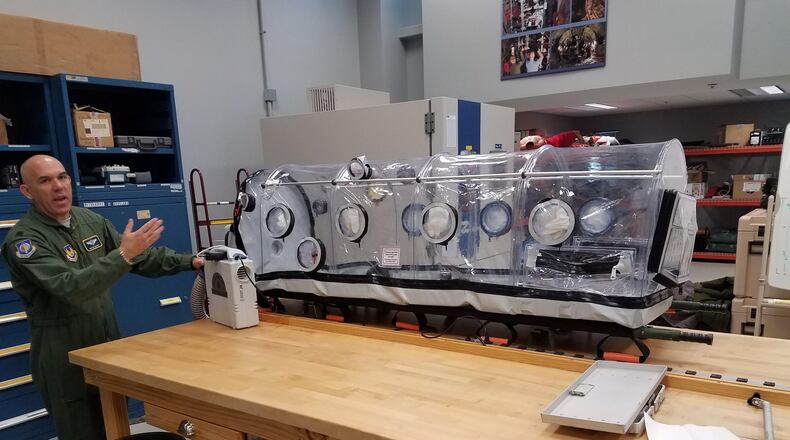An area the center has worked to improve is standardizing the way things are done throughout the organization.
For example, the Financial Management Directorate developed a shorter standard process for financial funds flow and funds control, which helps ensure that funds received by the center are properly loaded into the Air Force accounting system.
“The shorter process eliminates a layer of administrative oversight and reduces the potential for errors,” said Col. David Peeler, deputy director of Financial Management. “The revised funds process eliminated funds administration at low value added steps.”
Overall the goal is to ensure continued accountability and balancing of all funds received by AFLCMC organizations in a timelier manner.
“Standardization is important because everybody doing things however they want to, whenever they want, with whatever they want results in chaos,” said Dennis Scott, strategic planner with the AFLCMC Strategic Planning and Transformation Division, which is responsible for advising organizations throughout the center on how to effectively implement new processes. “Therefore, standard business processes are intended to ensure everyone is operating or moving the same way, doing things the same way so that we can have a more defined more predicable outcome.”
Scott went on to add that part of his division’s job is to identify how work flows through organizations, identify improper flow and eliminate waste.
Reducing bureaucracy is also an area AFLCMC has emphasized to improve operations.
For instance, the Agile Combat Support Directorate’s speeding acquisition initiative has flattened decision authority by delegating a large amount of authority from the top to senior managers in the directorate.
Lynda Rutledge, the program executive officer in charge of the ACS portfolio, previously had decision making authority over 75 percent of the programs in ACS with senior materiel leaders having decision making authority over the other 25 percent. Rutledge flipped the model by delegating much of her authority to senior materiel leaders while retaining responsibility for all of the programs, said Dennis Deitner chief of portfolio analysis and business integration for ACS.
“It’s both an empowerment issue and also very much a principle of lean,” said Deitner, referencing the delegation of authority to the lower levels. “These efforts have freed up resources and created tremendous capacity.”
The reduction in bureaucracy has given Rutledge and her senior staff 20 percent more time back on their schedules, allowing them to focus on other strategic efforts, Deitner added.
Change initiatives don’t always go smoothly.
“At times when organizations go through a change initiative, there is an initial increase in performance or acceptance of the change followed by a decline in performance or decline in change acceptance,” said Travis Gerritsen, process manager for CPI with the Strategic Planning and Transformation Division. “This can happen because implementation gets hard, people become discouraged and start to question why they are making the change and how it benefits them. “So it is important for organizations to continue to motivate their people and remind them of the final end-state vision.”
About the Author
